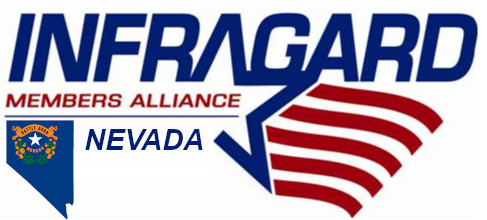Education Facility Subsector
The Education Facility Subsector consists of pre-kindergarten (preK) programs; all public and private K–12 schools (including charter schools); public and private higher education schools and institutions; U.S. Department of Defense schools; and American-sponsored overseas schools assisted by the U.S. Department of State.
Education facilities (preK through post secondary) differ in comparison to other CIKR sectors or subsectors requiring infrastructure protection, as education facilities house mostly students for the majority of the day, five days a week or more, and often include after-school and evening activities and events. Further, education facilities are nontraditional emergency response agents, making comprehensive, all-hazards emergency management plans that are practiced and coordinated with community partners (e.g., law enforcement, fire, emergency management services, public health, local government) critical for the subsector. EFS realizes that although most schools have some level of security, plans that increase infrastructure protection and resilience constitute a universally applicable and subsector appropriate protective measure that can work to prevent or mitigate an incident and the subsequent consequences, enhancing resilience for the education facility and the surrounding community.
Therefore, such plans are the primary focus of EFS infrastructure protective efforts and are the focus of EFS’ CIKR protection goal and objectives under the NIPP. The need for comprehensive, all-hazards plans has been highlighted historically and in recent years, as the subsector has been affected by incidents from school violence (e.g., the Columbine HS and Virginia Tech shootings) to devastating natural disasters (e.g., Hurricane Katrina). In addition, education facilities have been affected by hazardous materials and chemical spills that have forced students and staff to evacuate. Also, infectious disease outbreaks, (e.g., H1N1, Methicillin-Resistant Staphylococcus Aureus), and food recalls have also had significant impacts on the subsector.
A challenge to this goal is that given the decentralized role of our Nation’s education system, education facilities are not required to report emergency management efforts to The Department of Education (ED). As a result, comprehensive data does not currently exist regarding whether existing school or higher education emergency management plans are all-hazards and comprehensive, or if the plans are developed and exercised with community partners, reviewed, or updated regularly.
The Office of Safe and Drug-Free Schools (OSDFS) and Emergency Management – A focus on emergency management for schools is not new to OSDFS. Part of the mission of OSDFS is to provide guidance and information to the education community regarding safe schools. Through its discretionary grant programs, training, a variety of tools, and established partnerships, OSDFS is directly involved with emergency management for the subsector. OSDFS works with a host of partners at the Federal, State, local, and tribal levels to enhance school and university preparedness. Throughout the years, these established relationships have fostered cooperation and mutual understanding of the key principles for school emergency management. Such collaborative efforts have produced a variety of tools for the education community to assist in all aspects of increasing infrastructure protection and enhancing resilience that are available via emergency management Web sites established by ED (www.ed.gov/emergencyplan ; http://rems.ed.gov). The Readiness and Emergency Management for Schools (REMS) discretionary grant and the Emergency Management for Higher Education (EMHE) discretionary grant are key protective programs available to local educational agencies (LEAs) and to higher education institutions (HEIs) for developing and refining emergency management plans. OSDFS’ REMS Technical Assistance Center supports the subsector in its emergency preparedness efforts including the development and implementation of comprehensive emergency management plans through posting emergency management guidance, information, materials, and technical assistance for the subsector. In addition, OSDFS has conducted trainings for REMS and EMHE grantees and non-grantees, public school districts, school security and law enforcement officials, Federal partners, and private schools interested in enhancing their preparedness efforts for schools and HEIs. Historically and ongoing, OSDFS works to provide guidance and information to the education community in relation to safe schools and emergency preparedness in the form of grants, training, collaborations with partners, tools, and emergency management-related materials for education facilities in the interest of comprehensive, all-hazards emergency management plans.
